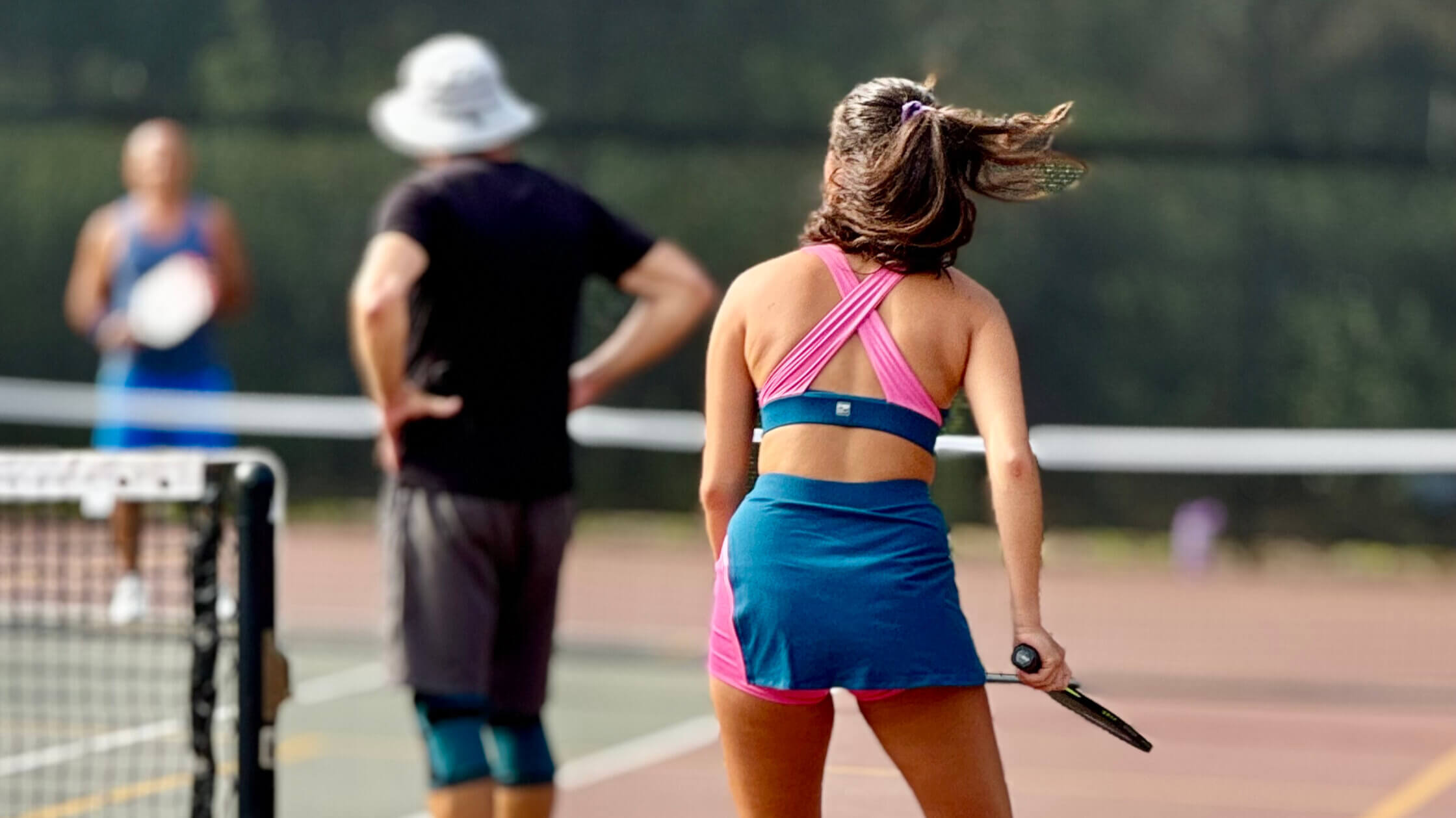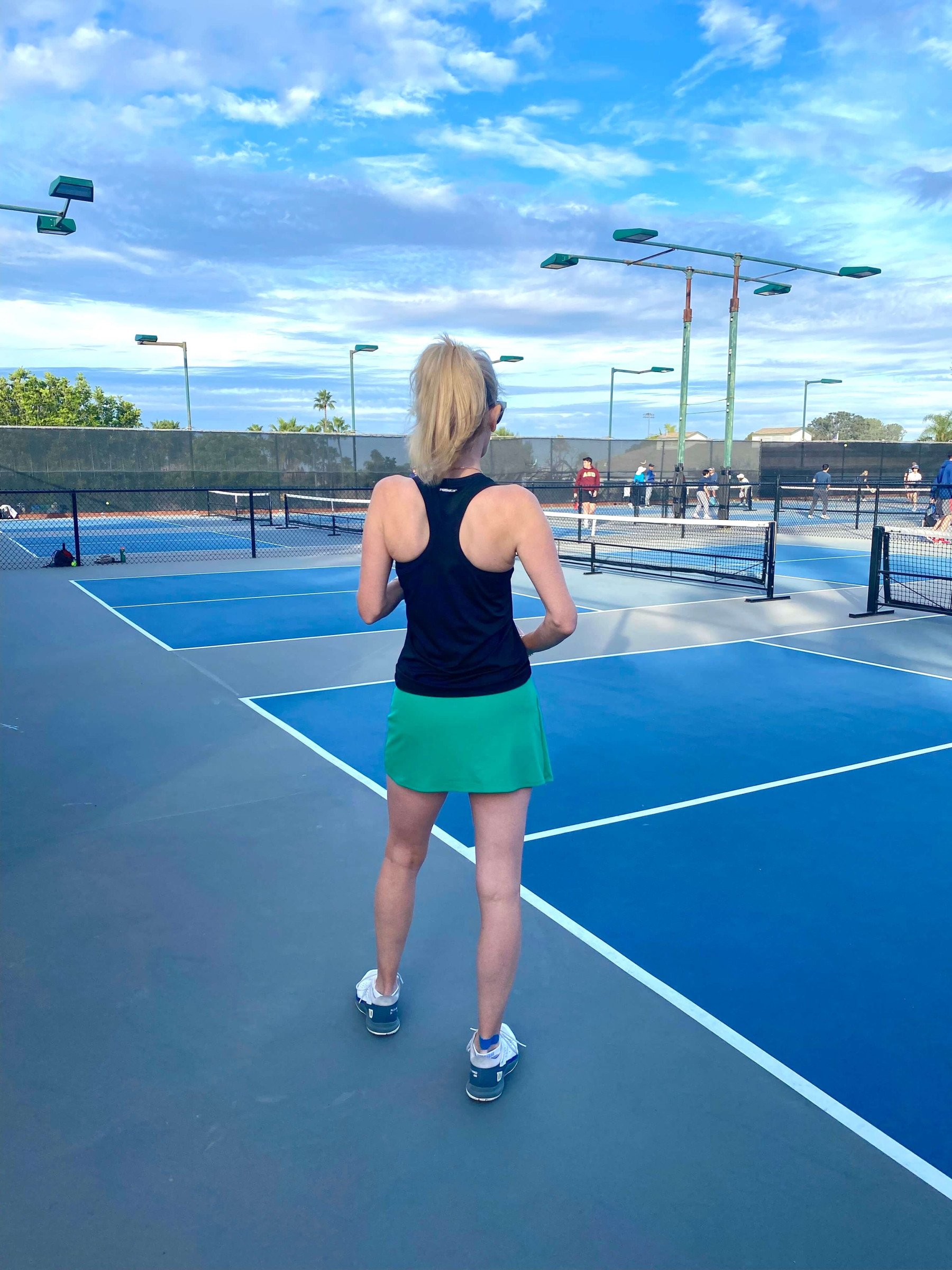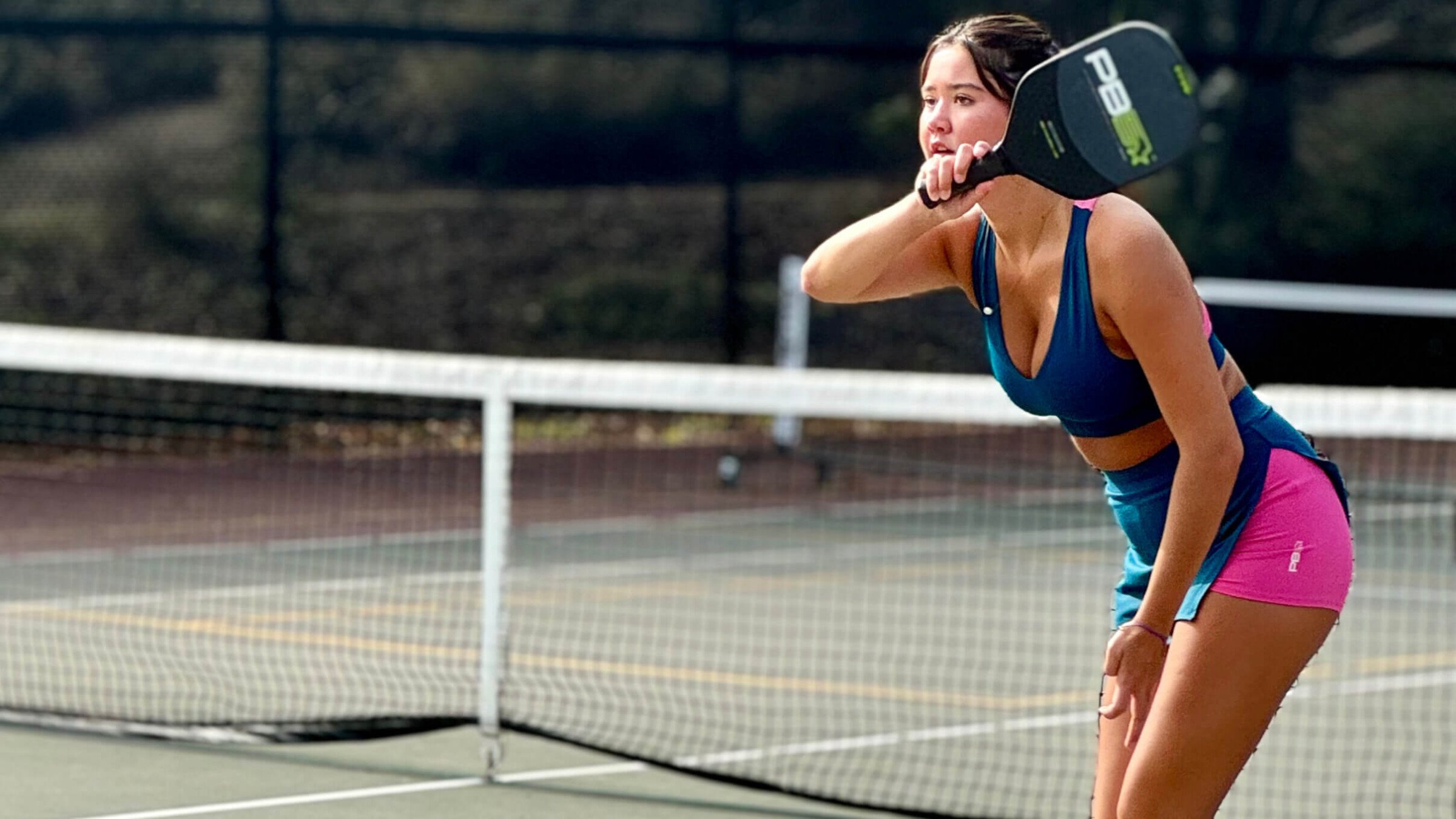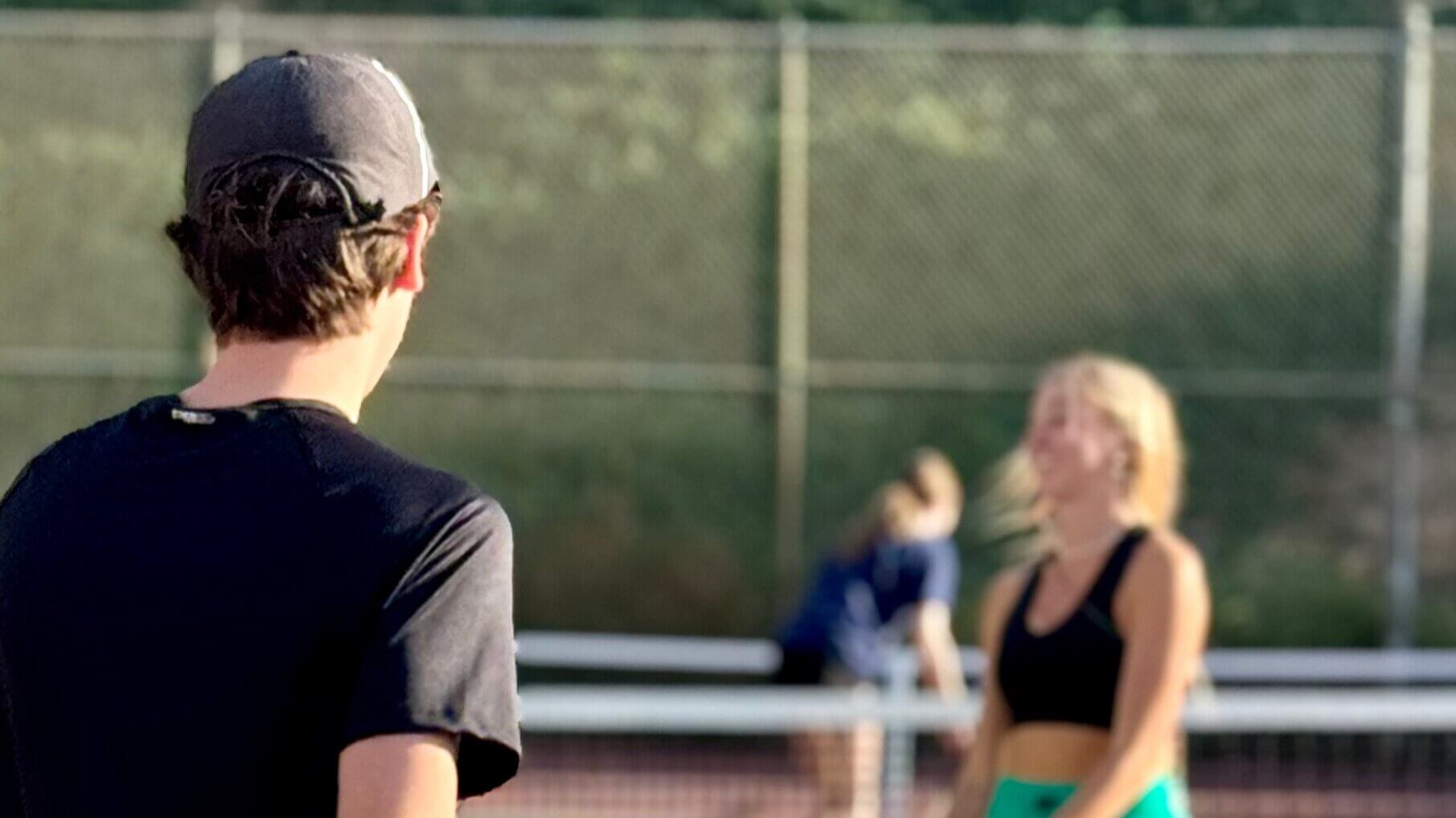Key takeaways:
Singles serving gives you one serve per turn, and you keep serving as long as you win points.
Doubles matches use a two-player rotation, and your team serves until both players are at fault.
Proper serve placement and score-based rotation help you avoid faults and stay in rhythm.
Serving isn't just the start of a rally—it’s your chance to control the pace of the game. Whether you're playing singles or doubles, understanding how many serves you get and when your turn ends is key to staying sharp and making the most of every point. The rules are simple once you understand them, but small slip-ups can throw off your momentum.
At PB5star, we know smart play starts with knowing the rules. The right serve strategy, paired with gear that helps you stay fast on your feet, can give you a serious edge. Our PB5 Court2 shoes are made for quick changes and strong court coverage—so when it’s your turn to serve, you're set to move and react without missing a beat.
Serve rules in singles: one chance to score
Singles serving runs on a simple system: one serve per turn. You serve, and if you win the rally, you keep the ball and move to the other side of the court. If you lose the rally, your turn’s over and the serve goes to your opponent—no second tries, no partner to back you up.
This setup makes every serve count. There’s no safety net, so putting thought into placement, spin, and timing can help you build a lead or quickly recover ground. A consistent, smart serve can be the difference between holding serve and losing pace.
You’ll also be switching sides of the court each time you score. That change in angle can affect how your serve lands and how your opponent receives it. Paying attention to the score and your position will keep you from second-guessing your next move.
Serve rules in doubles: keeping the rotation in check
Doubles serve rotation has its quirks and may seem more complicated than singles serving. But once you get into the rhythm, it flows pretty naturally. The team that starts the game only gets one serve to begin with—just one player serves before a side out, which is when the serve passes to the other team. After that, though, both teammates get a chance to serve during their turn.
Each player continues to serve until they lose a rally. So, if your team is scoring, you’ll keep rotating between the right and left service courts. Once both players commit a fault, the serve goes to the other team. That rotation creates space for momentum—if you’re serving well, your team can rack up points quickly. The key is to stay sharp and know who's up next.
Rules to remember
Keeping track of serve placement and who’s up next in a doubles pickleball game is easier than it sounds—and it can save you from a lot of unnecessary faults. Here’s how to stay in the right spot at the right time:
Start on the right when your score is even. The player on the right side serves anytime your team has 0, 2, 4, etc.
Odd score? Serve from the left. This basic rule helps keep everyone aligned with the score.
Switch spots with your partner when you win a point. Don’t forget to rotate sides after scoring—it’s part of staying legal.
Double-check who should serve. If the wrong player serves, it’s an automatic fault.
Stay behind the line. Make sure both feet stay behind the baseline until the serve is hit.
Small details like these can tighten up your game and keep your team in a good groove from point to point. Tracking your position and being ready for the switch helps you avoid easy mistakes and keep pressure on the other side.
So, how many serves do you get in pickleball?
By now, you’ve probably noticed there’s more to serving than just hitting the ball into play. Whether you’re in a singles match or playing doubles with a partner, the rules shape how long you keep the serve—and how often you get the chance to score. Let’s sum it up clearly.
In singles, it’s simple: you get one serve per turn. Win the rally, and you keep serving—alternating sides of the court each time you score. But as soon as you lose a point, your turn is done, and your opponent takes over.
A doubles match gives teams a little more flexibility. After the first team serves (with just one server to start), both players on a team get a chance to serve each turn. You continue serving until you lose a rally. Once both teammates fault, it’s a side out, and the serve goes to the other team.
The power of confidence
Serve rules may seem like small details, but they have a huge impact on how you pace your game. The more you understand how serving works—especially the difference between singles and doubles—the easier it is to keep track of the score, stay in rhythm, and avoid giving up easy points.
PB5star is here to help you stay ready and confident from serves to rallies. Whether you're learning the game or leveling up your strategy, our PB5 Court2 shoes are built for quick cuts, solid support, and smooth movement on any court surface. Because the right serve starts with the right footing.







